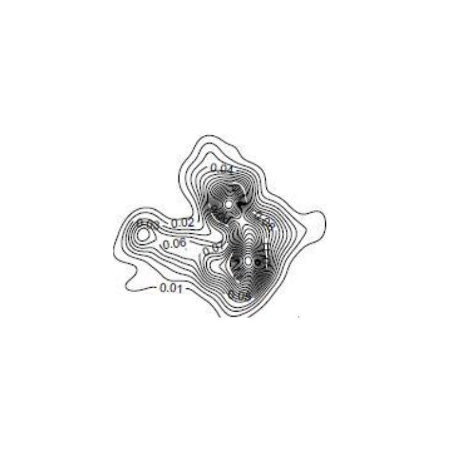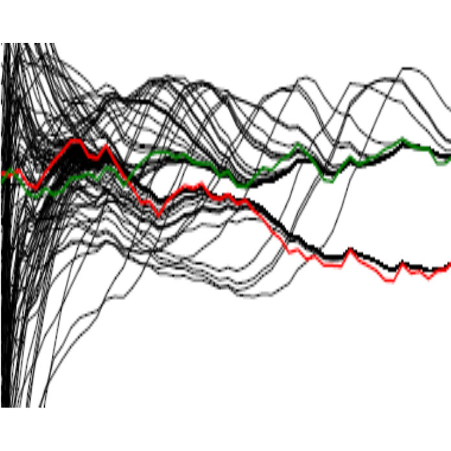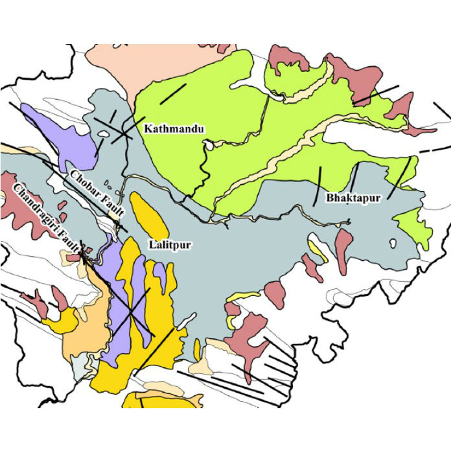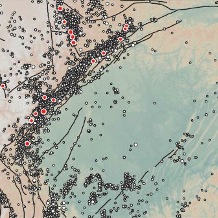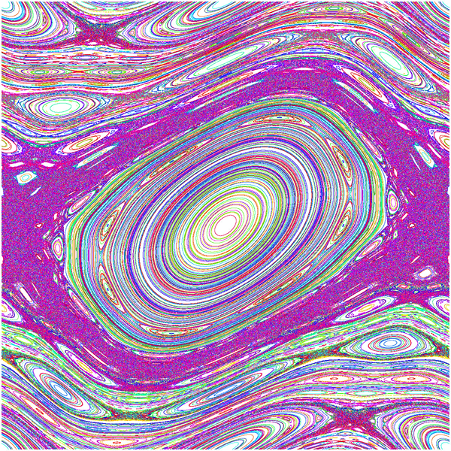Month: July 2020
-
Model checking for hidden Markov models
Posted on
by
Hidden Markov models (HMMs) were first introduced in the late 1960s, and later applied widely in areas including speech recognition, bioinformatics, finance and seismology.
-
The Echo Index and multistability in input-driven recurrent neural networks
Posted on
by
Recurrent neural networks (RNNs) are non-autonomous dynamical systems driven by input, the behaviour of which depend on both model parameters and inputs to the system.
-
The SAFER geodatabase for the Kathmandu Valley: Geotechnical and geological variability
Posted on
by
The Kathmandu Valley — the most developed and populated region in Nepal – is seismically active and has experienced recurring destructive earthquakes.
-
Nonstationary Background Seismicity Rate and Evolution of Stress Changes in the Changning Salt Mining and Shale-Gas Hydraulic Fracturing Region, Sichuan Basin, China
Posted on
by
Many earthquakes have been induced by human activities, including wastewater disposal, geothermal production, gas injection and hydraulic fracturing (HF).
-
Non-Equilibrium Dynamics and Weakly Broken Integrability
Posted on
by
Scientists still lack a fundamental understanding of how and when complex many-body systems out of equilibrium will relax back to thermal equilibrium. Empirically, many systems do relax readily, justifying many of the core approximations of thermodynamics.

